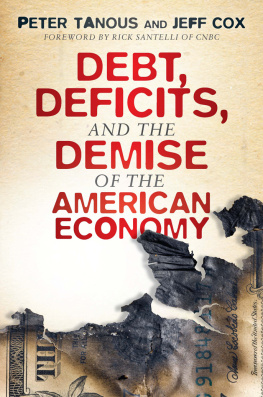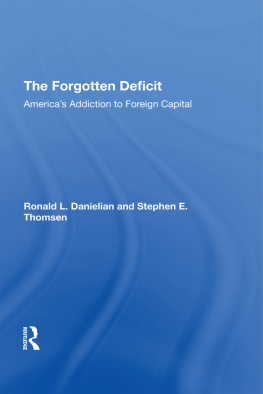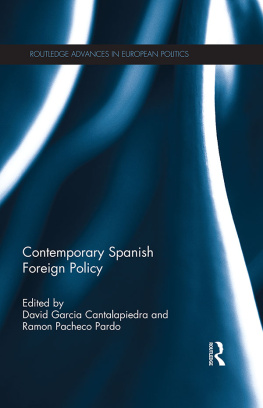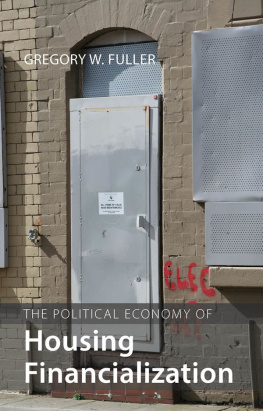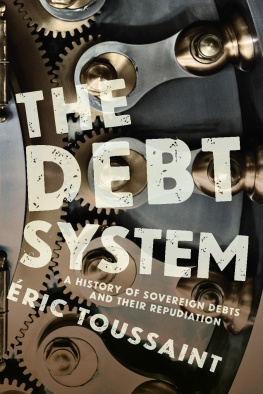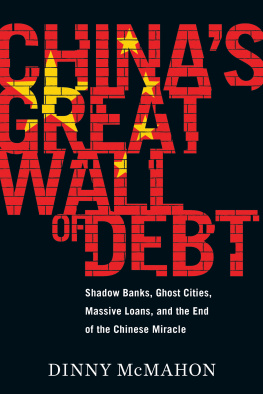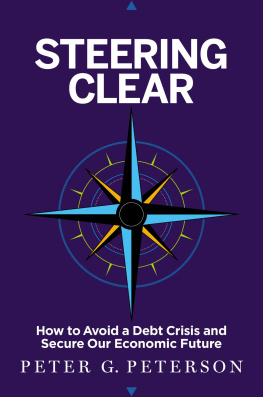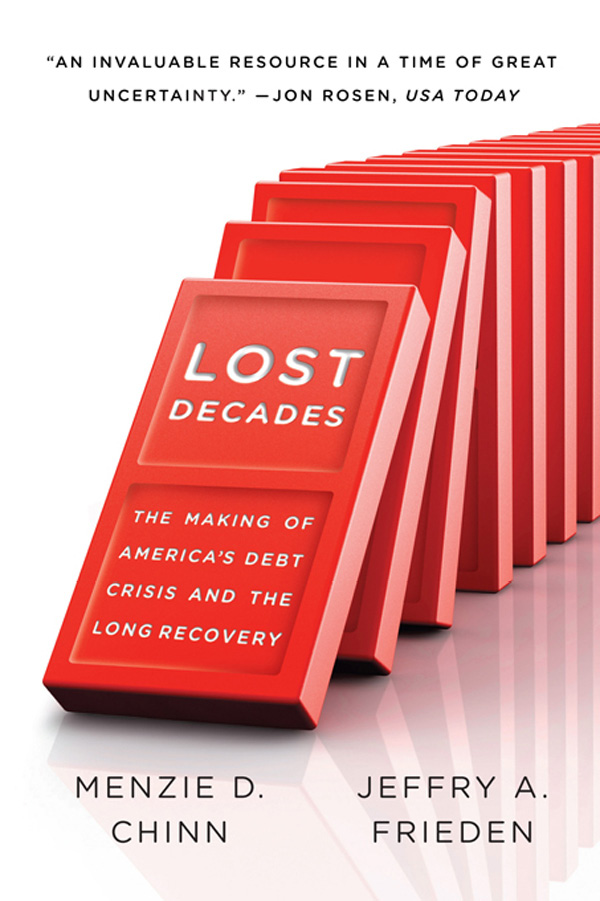
Also by Menzie D. Chinn
The Economic Integration of Greater China: Real and
Financial Linkages and the Prospects for Currency Union
(with Yin-Wong Cheung and Eiji Fujii)
(2007)
Also by Jeffry A. Frieden
Global Capitalism: Its Fall and Rise in the Twentieth Century
(2006)
Debt, Development, and Democracy:
Modern Political Economy and Latin America, 19651985
(1991)
Banking on the World:
The Politics of American International Finance
(1987)
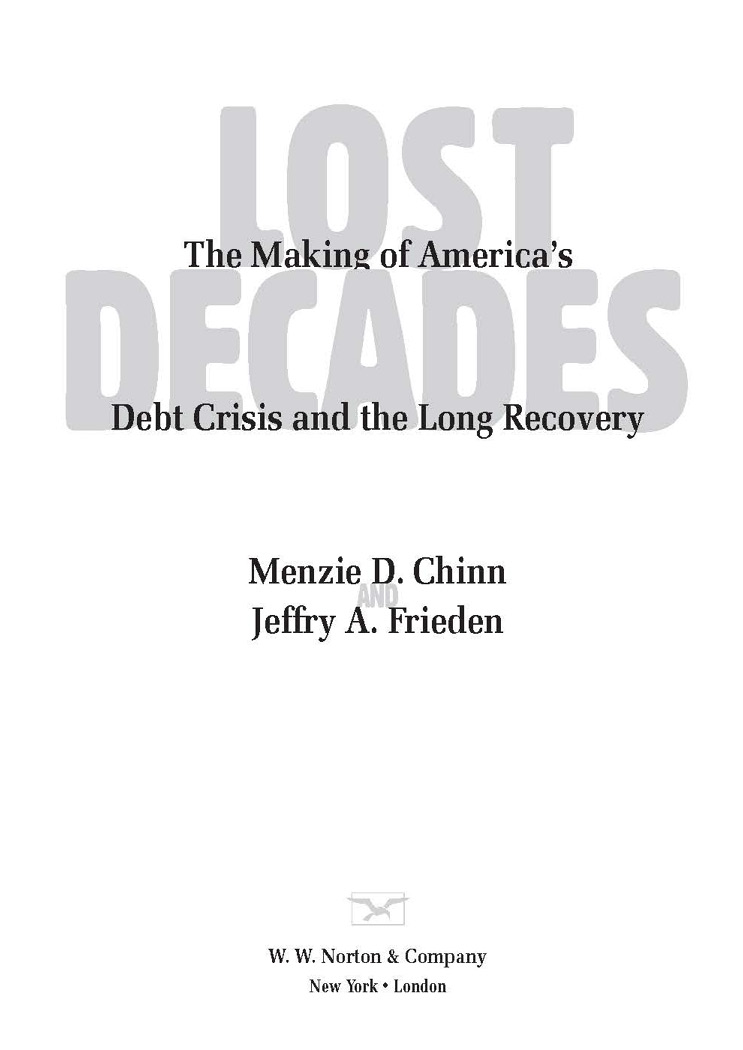
For
Laura
& Anabela
Contents
FIGURES
From deficit to surplus and back again: U.S. federal budget balance as a percentage of GDP, 19802010.
The housing boom, 19872010.
The rise and fall of securitization, 20002007.
Risky business: leverage, measured as assets to capital, in the financial sector, July 2007September 2007.
Response of the central banks: overnight interbank interest rates in the United States and euro area, 20002010.
The very wealthy get even wealthier: share of pretax income received by top 1 percent of households, excluding capital gains, 19132007.
PREFACE
The midterm elections were over, and the Republicans had made stunning advances. The GOP had picked up over seventy seats in the House of Representatives and seven seats in the Senate. Perhaps just as important, the Republicans had taken a number of crucial governorships from the Democrats, including the pivotal states of Michigan, Ohio, and Pennsylvania. The election was a dramatic reversal of the Democrats landslide victory two years earlier, and was a particular blow to the president, who had swept into office in the midst of a devastating economic crisis.
Certainly the Democrats could be satisfied with some major legislative accomplishments, passed with their previous majorities. But now, a disappointing economy and stubbornly high unemployment rate had brought back to life a Republican Party that had appeared moribund two years earlier. For the foreseeable future, the Republicans, together with allies among conservative Democrats, would be able to block or force changes in just about any initiative the president had in mind.
The year was 1938, and the economic recovery from the Great Depression was in deep trouble. Back in 1933, when Franklin D. Roosevelt became president, the country was in the fourth year of the deepest depression in its history. The Roosevelt administration had moved quickly and aggressively to try to bring the countrys economy back to life. Roosevelt and his fellow Democrats in Congress purged the nations banking system and imposed stringent new regulations. They created an ambitious array of federal programs to put the millions of unemployed to work. And they initiated the first serious federal social program in American history, Social Security.
By 1936 the economy was recovering. The unemployment rate had fallen to 14 percent, still high but down from where it was, 25 percent, when Roosevelt took office. Both national income and the stock market were rising rapidly. In light of the upturn, the Roosevelt administration resolved to tackle the federal governments budget deficit, which in 1936 had reached nearly 5 percent of gross domestic product (GDP), a level unprecedented in peacetime. Delivering on promises to trim the deficit, the administration cut spending by 20 percent and raised taxes by even more; within a year the budget was practically back to balance. Meanwhile, the Federal Reserve tightened monetary policy, apparently to avoid a resurgence of inflation.
In the aftermath of the fiscal and monetary retrenchment, in the summer of 1937 the American economy collapsed into a steep recession. Industrial production dropped by one-third, the stock market plummeted more than 40 percent, and the unemployment rate shot back up to 19 percent. As the American economy slumped, the administrations popularity faded rapidly. And the result of the 1938 midterm election reflected this loss of confidence in the federal governments ability to bring the nation out of the Depression.
Today the United States and the world are slowly recovering from the most serious international economic crisis since the Great Depression of the 1930s. As was the case in the late 1930s, the causes and consequences of the crisis are hotly debated. And just as then, a great deal rides on an appropriate understanding of why and how the United States got to where it is today. How could the worlds richest economy go broke? How did the worlds most powerful banks collapse? Why would the most conservative government in modern American history nationalize enormous portions of the U.S. economy? Why did millions of American families lose their homes, and millions more their jobs? Whose fault is it all?
We have a unique perspective on these debates. We have spent, between the two of us, more than fifty years working on debt crises. We have lived through and studied financial and currency disasters in Europe, Latin America, Asia, and Russia. We have witnessed firsthand, and analyzed in detail, the human, social, and political wreckage of irresponsible borrowing. We have watched country after country lose decades of economic progress to the austere aftermath of financial crises. But we never feared that we would see a classic debt crisis in our own homeland. And we never imagined that our country could face the prospect of almost two decades lost to misguided policies, an unnecessary crisis, and a daunting task of economic reconstruction. Nonetheless, there is value in our ability to compare the current crisis to those we have known and investigated. As we examine the events of the past decade, and look toward the decade to come, we can draw on a wealth of comparative and historical experiences to guide our analysis.
The United States is in the midst of the greatest failure of economic policy, and of financial markets, of recent times. This is the story of how and why it got there, and of what the nation must do to repair a wounded economy.
The crisis
The most serious economic crisis of the past seventy-five years began as the summer of 2008 ended. In August and September, credit markets everywhere entered a downward spiral that spun faster and faster until, in the first two weeks of October, it seemed that the world economy might be coming to an immediate end. During those dark weeks and months, an international economic order that had inspired faith bordering on rapture around the world appeared to have turned on its creators and strongest supporters. The United States, the very center of economic globalization, was gripped in a panic that threatened to destroy the world economy. The collapse seemed to surge out of nothing and nowhere. One week there was mild concern about a sluggish housing market in the American Sunbelt, the next week the whole world was staring over a precipice into the end of global capitalism. The worlds strongest economy turned into the sick man of international capitalism. The American paragon of capitalist virtue, protector of the free-market faith, took over huge swaths of the private sector. What happened? How could this come to pass?
The United States borrowed and spent itself into a foreign debt crisis. Between 2001 and 2007, Americans borrowed trillions of dollars from abroad. The federal government borrowed to finance its budget deficit; households borrowed to allow them to consume beyond their means. As money flooded in from abroad, Americans spent some of it on hard goods, especially on cheap imports. They spent most of the rest on local goods and services, especially financial services and real estate. The result was a broad-based economic expansion. This expansionespecially in housingeventually became a boom, then a bubble. The bubble burst, with disastrous effect, and the country was left to pick up the pieces.
Next page

